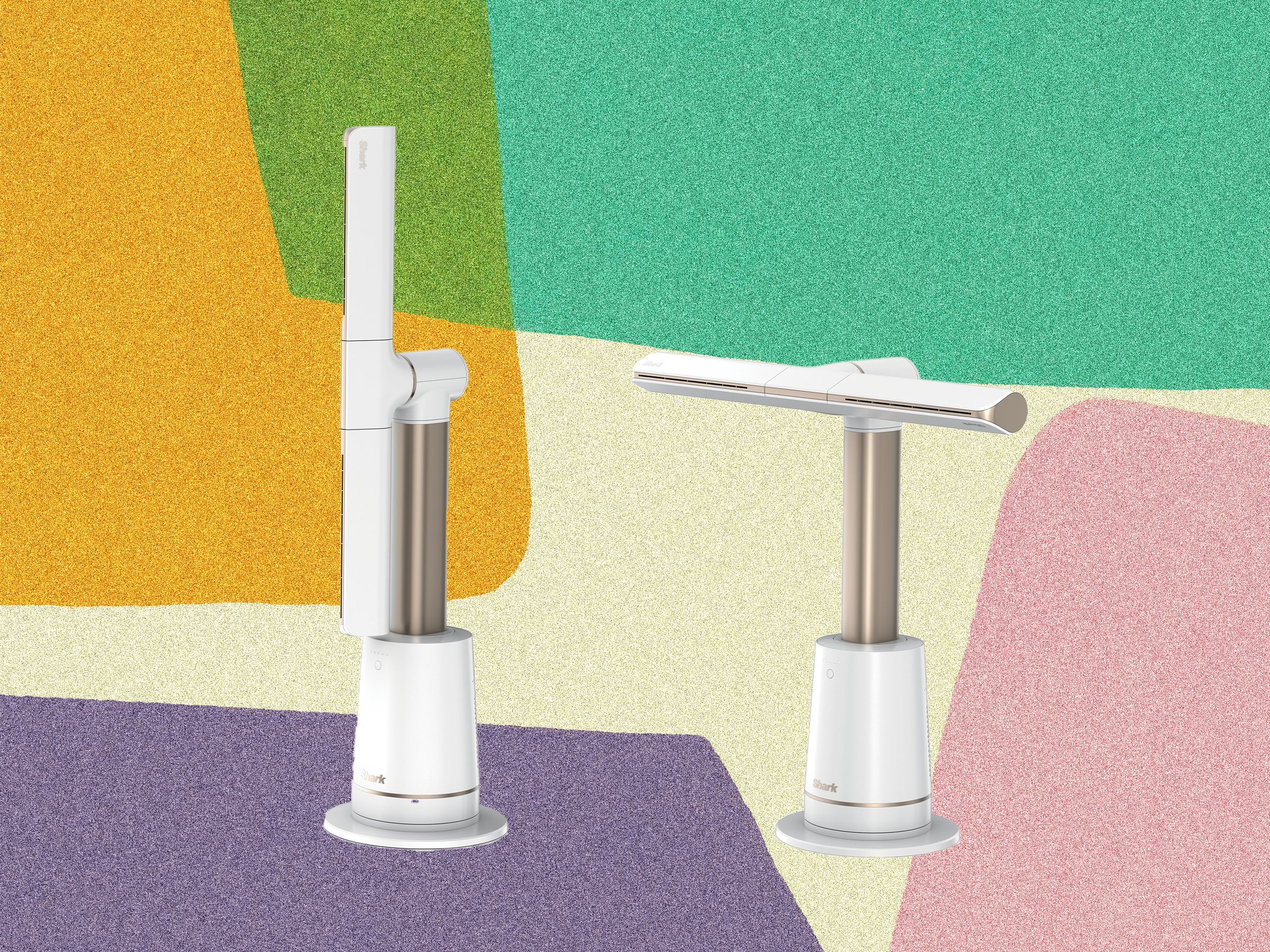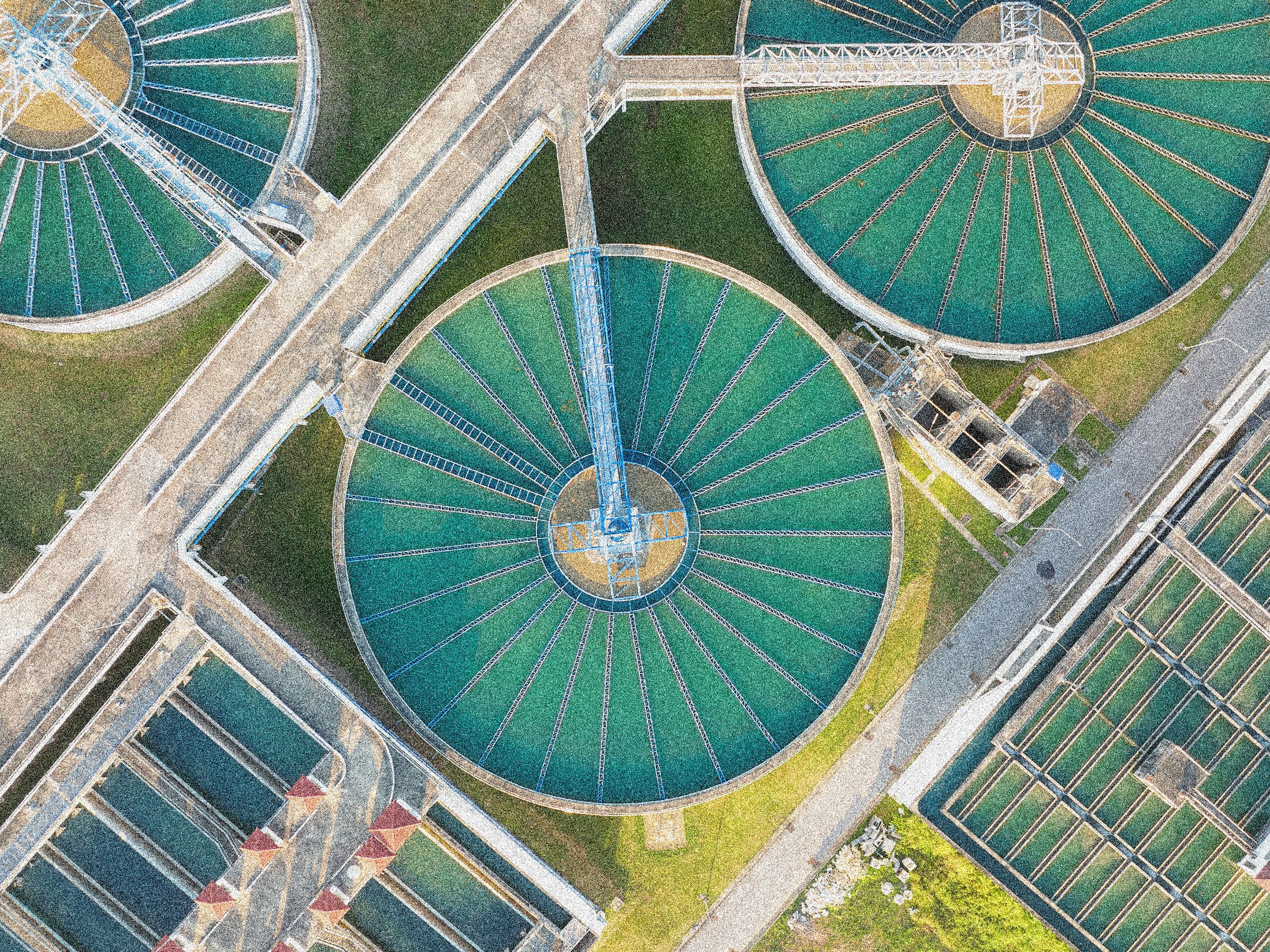Does Your City Use Chlorine or Chloramine to Treat Its Water?
When it comes to ensuring safe and clean drinking water, the treatment process is crucial. One key aspect of water treatment is the use of disinfectants like chlorine or chloramine. But does your city use chlorine or chloramine in its water treatment process?
Chlorine has been a commonly used disinfectant in water treatment for many years. It is effective at killing bacteria and viruses that may be present in the water supply. However, some people are concerned about the potential health risks associated with chlorine exposure, such as respiratory problems and skin irritation.
On the other hand, chloramine is a combination of chlorine and ammonia and is becoming increasingly popular as a disinfectant in water treatment. Chloramine is known to produce fewer harmful byproducts compared to chlorine, making it a potentially safer option for water treatment.
Many cities are making the switch from chlorine to chloramine in their water treatment process. It is essential to know which disinfectant your city uses, as it can impact the taste and quality of your drinking water.
If you are unsure about which disinfectant is used in your city’s water treatment process, you can reach out to your local water utility for information. They should be able to provide details about the treatment process and the disinfectants used.
Ultimately, whether your city uses chlorine or chloramine, the goal is the same – to provide safe and clean drinking water to residents. Both disinfectants have their advantages and disadvantages, and it is essential to stay informed about the water treatment process in your area.
So, does your city use chlorine or chloramine to treat its water? It’s a question worth asking to ensure the safety and quality of your drinking water.






More Stories
Shark CryoGlow Review: Chill Out
Shark TurboBlade Review: Compellingly Customizable
Sony WH-1000XM6 Review: The Best Noise-Canceling Headphones